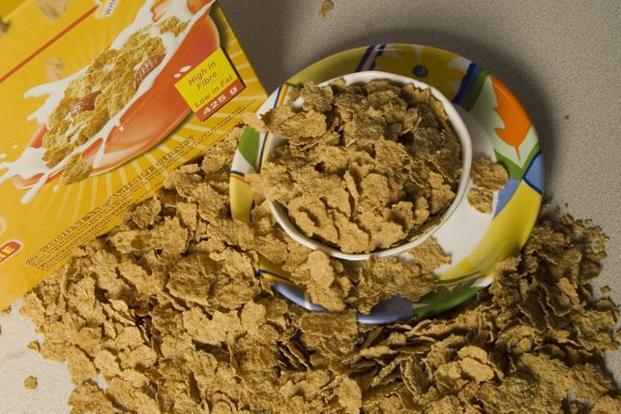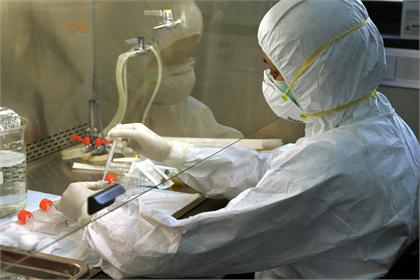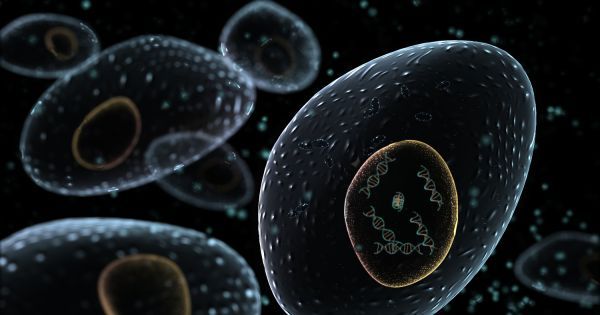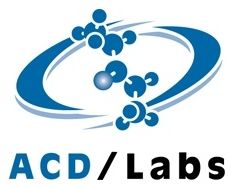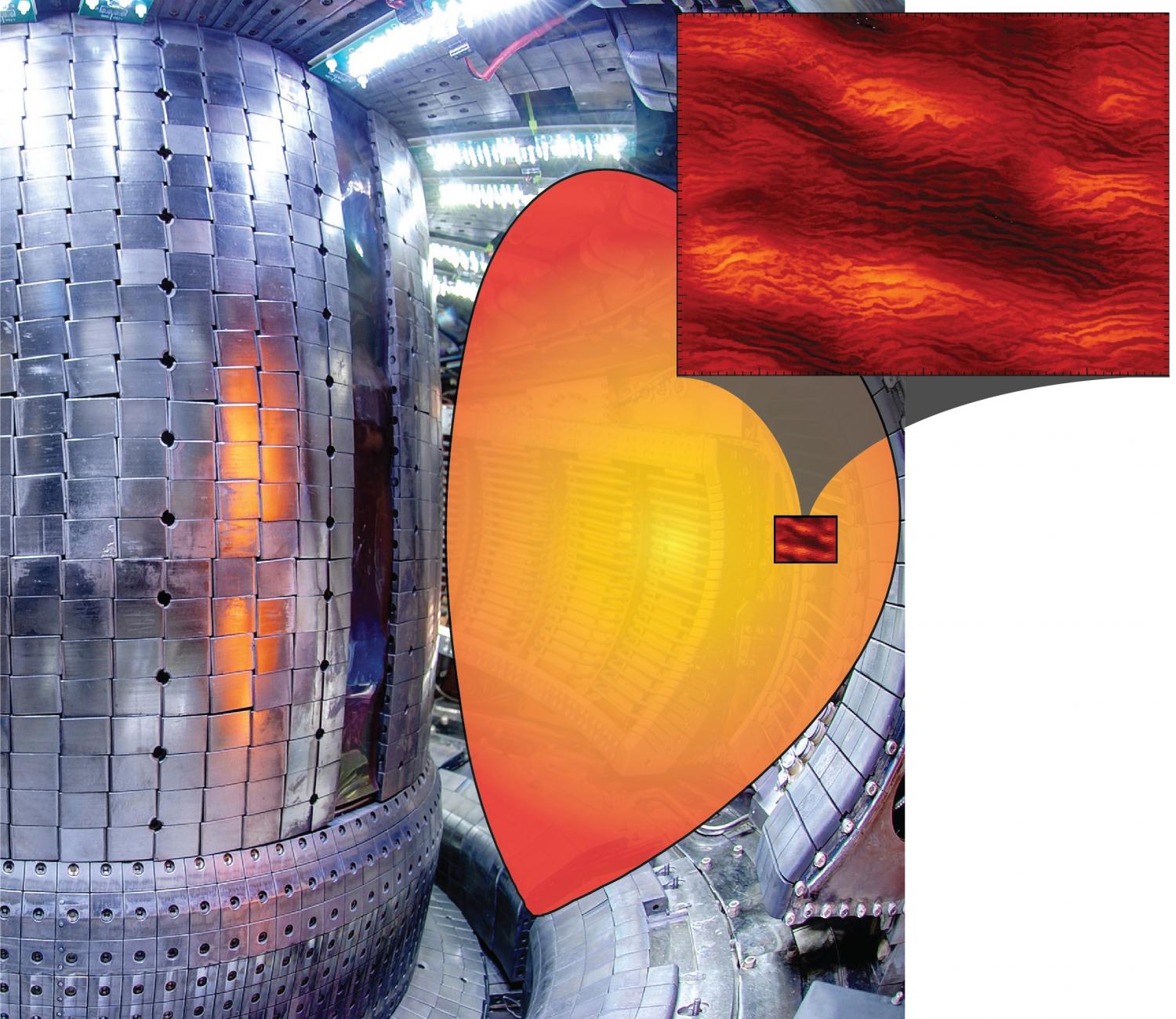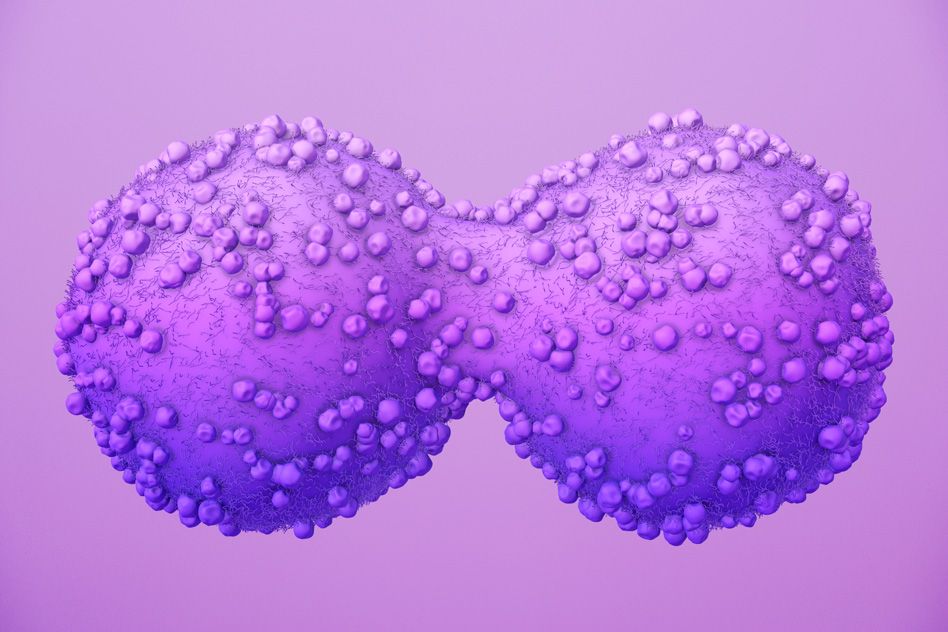Page 10942
Mar 7, 2016
High Glycemic Index Associated With Increased Risk of Lung Cancer
Posted by Karen Hurst in categories: biotech/medical, food
“Lung cancer is one of the most commonly diagnosed cancers and the most common cause of cancer-related deaths in Manitoba”, said Dr. Sri Navaratnam, president and CEO of CancerCare Manitoba. They all are carbohydrate-containing foods with a high glycemic index (GI).
Almost two years ago, the American Lung Association launched LUNG FORCE, an initiative to defeat lung cancer and rally Americans to raise their voices in support of a cure.
Eating a lot of white bread, processed breakfast cereals, cakes and biscuits may increase your risk for lung cancer, warns a new study. Why? However, they recommend individuals to limit food items high in GI such as white bread, corn flakes, bagels and puffed rice. The study results encompass 1,905 cases and 2,413 controls.
Continue reading “High Glycemic Index Associated With Increased Risk of Lung Cancer” »
Mar 7, 2016
Cancer cells get their fuel from neighbours‘ ’words‘
Posted by Karen Hurst in categories: biotech/medical, food
Very bizarre — cancer cells were modifying their metabolism based on communications they were receiving from cells in the microenvironment near the tumor.
Washington D.C., Mar 8 (ANI): A recent study has revealed that cancer cells get 30–60 percent of their fuel from eating their neighbours’ ‘words’.
Researcher Deepak Nagrath from Rice University said their original hypothesis was that cancer cells were modifying their metabolism based on communications they were receiving from cells in the microenvironment near the tumor, but none of them expected to find that they were converting the signals directly into energy.
Continue reading “Cancer cells get their fuel from neighbours‘ ’words‘” »
Mar 7, 2016
The brain’s gardeners: Immune cells ‘prune’ connections between neurons
Posted by Karen Hurst in categories: biotech/medical, neuroscience
Cells normally associated with protecting the brain from infection and injury also play an important role in rewiring the connections between nerve cells. And, constant generation of new pathways and networks among brain cells is critical in learning and keeping the mind sharp.
Mar 7, 2016
We May Have Found the “Achilles Heel” of Cancer
Posted by Karen Hurst in category: biotech/medical
Possible new method in fighting cancer.
It is still a long ways off, but we just moved one step closer to a true cancer vaccine.
Mar 7, 2016
ACD/Labs Highlights its Mixture Analysis Software Capabilities at PITTCON 2016
Posted by Karen Hurst in category: food
ACD Labs new solution is streamlining lab analysis.
ACD/Labs, a leading cheminformatics company, today announced it will introduce a set of new mixture analysis capabilities to its ACD/ChemAnalytical Workbook and ACD/Spectrus Platform. For more than a decade ACD/Labs’ software solutions have been used for analysis of complex chemical mixtures in a variety of industries including, but not limited to, pharmaceuticals, coatings, petroleum and lubricants, polymers, food and beverages, and environmental elements.„„ With the introduction of t…
Mar 7, 2016
SRI’s Micro Robots Can Now Manufacture Their Own Tools
Posted by Karen Hurst in category: robotics/AI
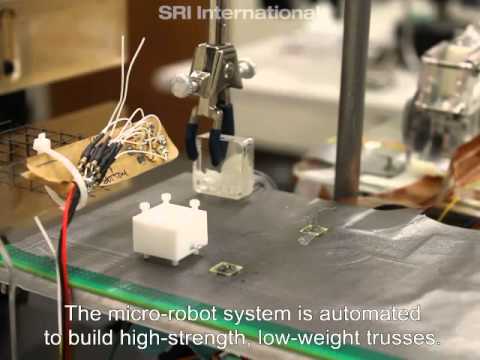
MiniBots manufacturing.
These tiny robots can reconfigure themselves in a custom tool shop that’s just a few square inches in size.
Continue reading “SRI’s Micro Robots Can Now Manufacture Their Own Tools” »
Mar 7, 2016
Marines Adapting Live-Fire Training Using Robots
Posted by Karen Hurst in categories: military, robotics/AI

At Camp Pendleton, Marines are testing a new, cutting edge form of live-fire training using robotic targets.
Stationary and on-rails targets are all well and good, but enemy combatants haven’t behaved like that since the formal battle lines of the Revolutionary War. It’s long past time for a training program that provides a more accurate simulation of today’s combat situations, and the Marines of Camp Pendleton are taking steps toward just that.
Continue reading “Marines Adapting Live-Fire Training Using Robots” »
Mar 7, 2016
Multi-scale simulations solve a plasma turbulence mystery
Posted by Karen Hurst in categories: nuclear energy, particle physics, supercomputing
Solving the turbulence plasma mystery.
Cutting-edge simulations run at Lawrence Berkeley National Laboratory’s National Energy Research Scientific Computing Center (NERSC) over a two-year period are helping physicists better understand what influences the behavior of the plasma turbulence that is driven by the intense heating necessary to create fusion energy. This research has yielded exciting answers to long-standing questions about plasma heat loss that have previously stymied efforts to predict the performance of fusion reactors and could help pave the way for this alternative energy source.
The key to making fusion work is to maintain a sufficiently high temperature and density to enable the atoms in the reactor to overcome their mutual repulsion and bind to form helium. But one side effect of this process is turbulence, which can increase the rate of plasma heat loss, significantly limiting the resulting energy output. So researchers have been working to pinpoint both what causes the turbulence and how to control or possibly eliminate it.
Continue reading “Multi-scale simulations solve a plasma turbulence mystery” »
Mar 7, 2016
How cancer cells fuel their growth
Posted by Karen Hurst in categories: biotech/medical, materials
Pretty cool.
Scientists report that amino acids, not sugar, supply most building blocks for cancerous tumor cells. Cancer cells are notorious for their ability to divide uncontrollably and generate hordes of new tumor cells. Most of the fuel consumed by these rapidly proliferating cells is glucose, a type of sugar.
Scientists had believed that most of the cell mass that makes up new cells, including cancer cells, comes from that glucose. However, MIT biologists have now found, to their surprise, that the largest source for new cell material is amino acids, which cells consume in much smaller quantities.

